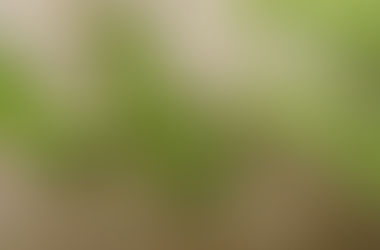Wet Food Preservation - Canning
- mllamas7
- Nov 3, 2016
- 2 min read
There are many wet food preservation methods you probably see on a daily basis. One of the most popular methods is fermentation, popular fermented products are beer and wine. However, this blog post will focus on another form wet food preservation called hot water bath canning. When canning, you want to avoid bacteria, that's why you, your clothes, and your workspace needs to be clean. Make sure that you are using fresh and clean fruit, you also need to cut out any bruised or blemished spots. This blog post is based on the lecture from Steve McNulty, a USDA professor at NC State University.
Here are the basic tools you will need for canning:
Large stainless steel or ceramic bowls (not aluminum)
Wooden spoons and plastic spatula
Boiling water canner
Reserve pot of boiling water
Stove (if you're canning in hot water, an outdoor stove is ideal)
Canning jars, lids, and seals (do not re use lids or seals)
Cutting board
Paring knives
Jar lifter
Canning funnel
Collapsible wire basket
Large and small saucepan (optional but useful for pretreatment)
Colander (optional but useful for pretreatment
Now that you have all of the tools, let's get started
Follow these steps:
Boil a couple of pots of water
Place jars,lids, and tops in hot water, not boiling water
Fill boiling water canner half full with hot water and bring to a simmer
Wash fruit and cut out any blemishes
Score Fruit and place into a pot of boiling water for ONE minute
Remove fruit and place into cold ice water
Remove skin
Remove jars from hot water (step 2) and add 2 tablespoons of bottled lemon and 1 tablespoon of salt to each jar
Pack jars with fruit using a WOODEN spoon, fill to half inch of jar top.
Use juice and spoon to fill in air pockets
Wipe rim with clean towel
Set lid and screw the top FIRMLY
Place jars into canner and cover with one to two inches of water
Boil gently for 45 minutes
Remove from water and set aside to cool. (Listen to the pop sound as the jars cool down)
Store in a cool, dark, dry place until you need to open.
Once you're ready to open, make sure to check the seal, the smell, and the appearance





















Comments